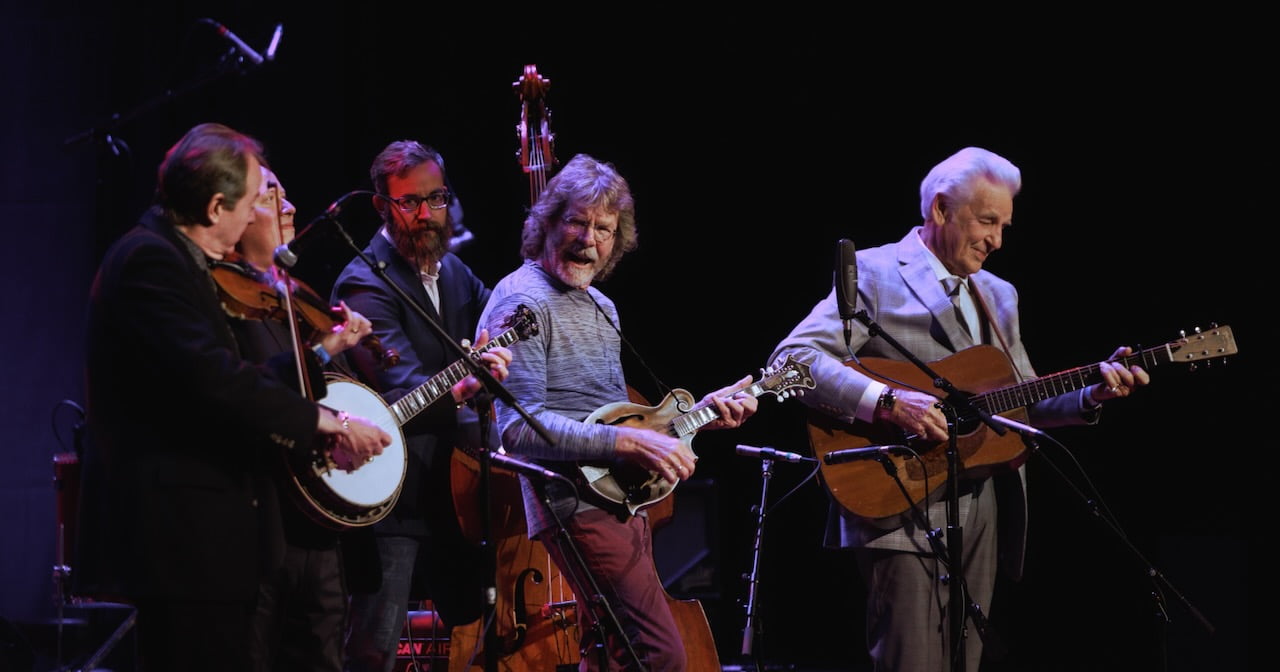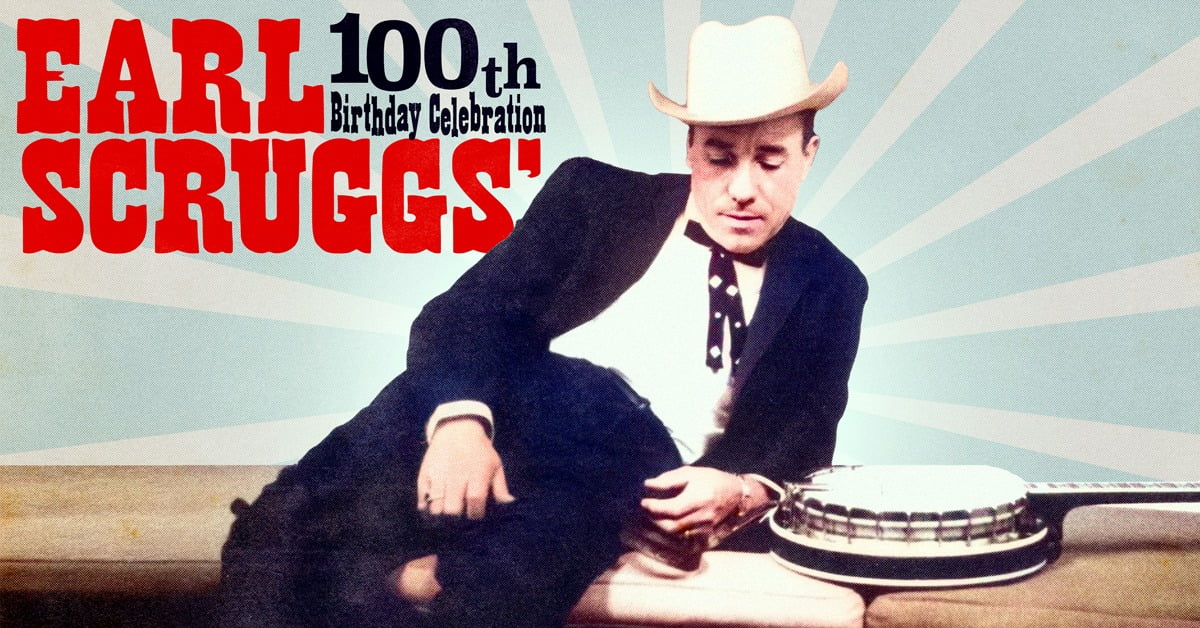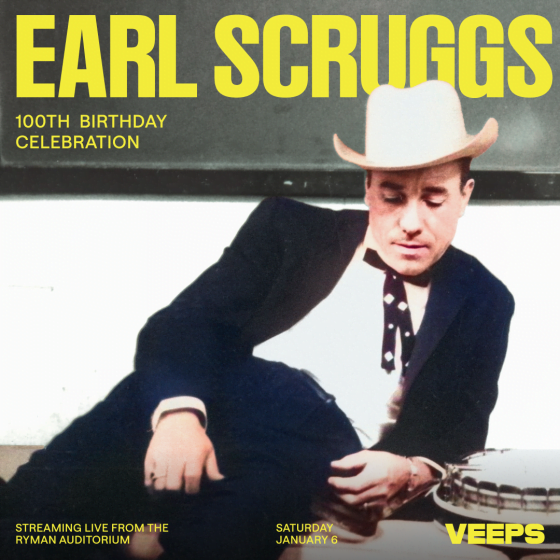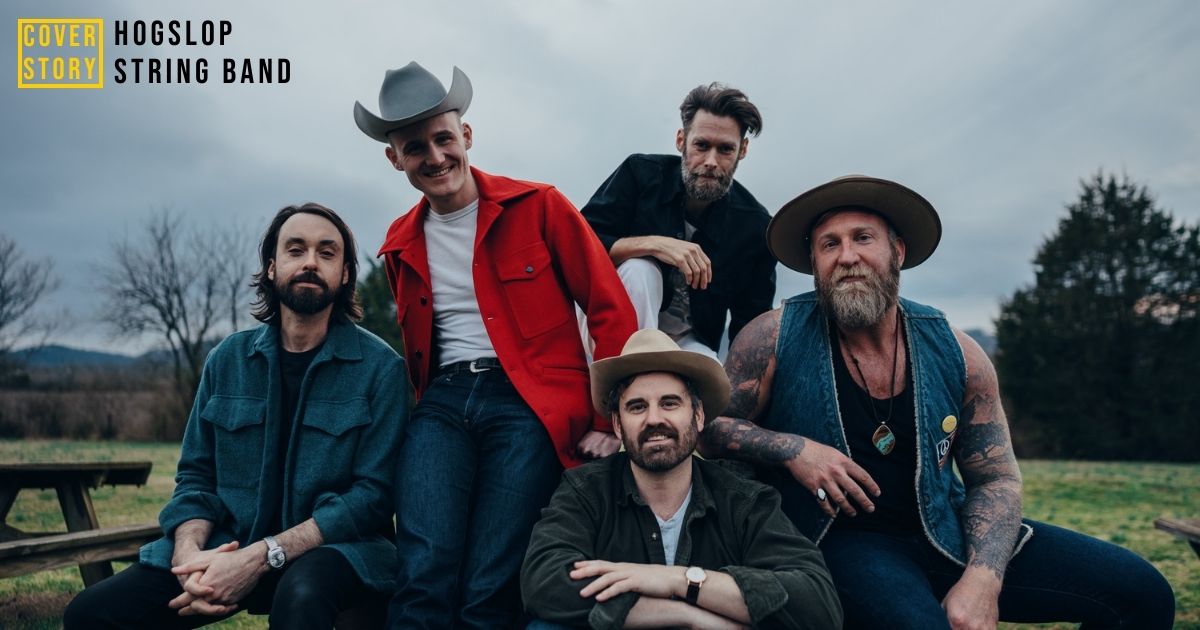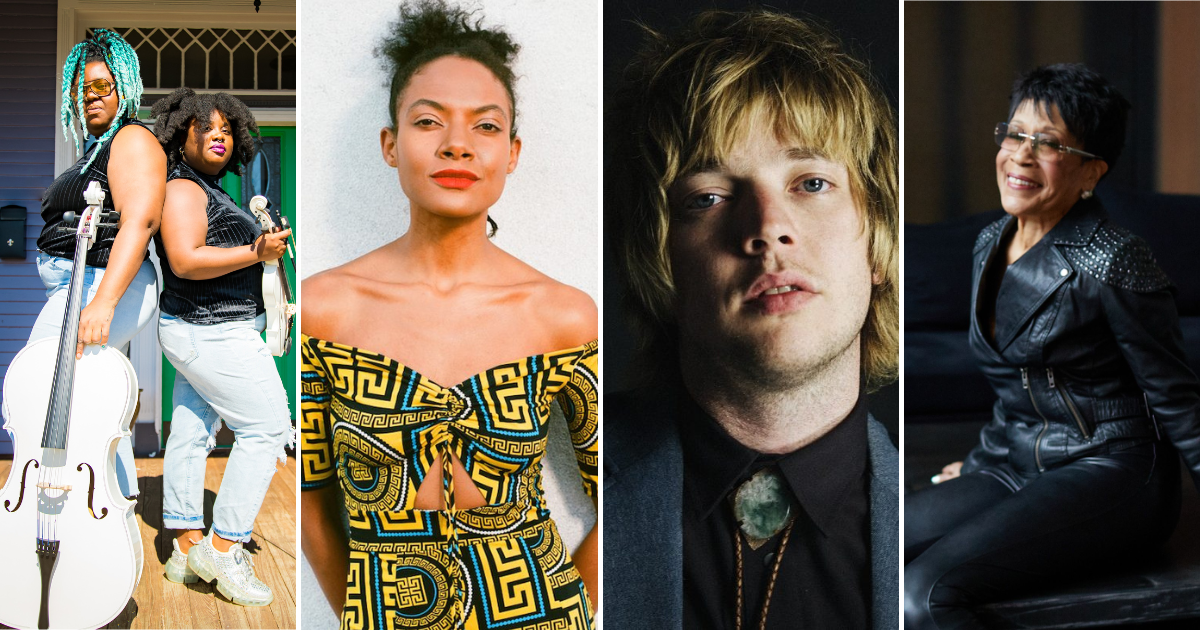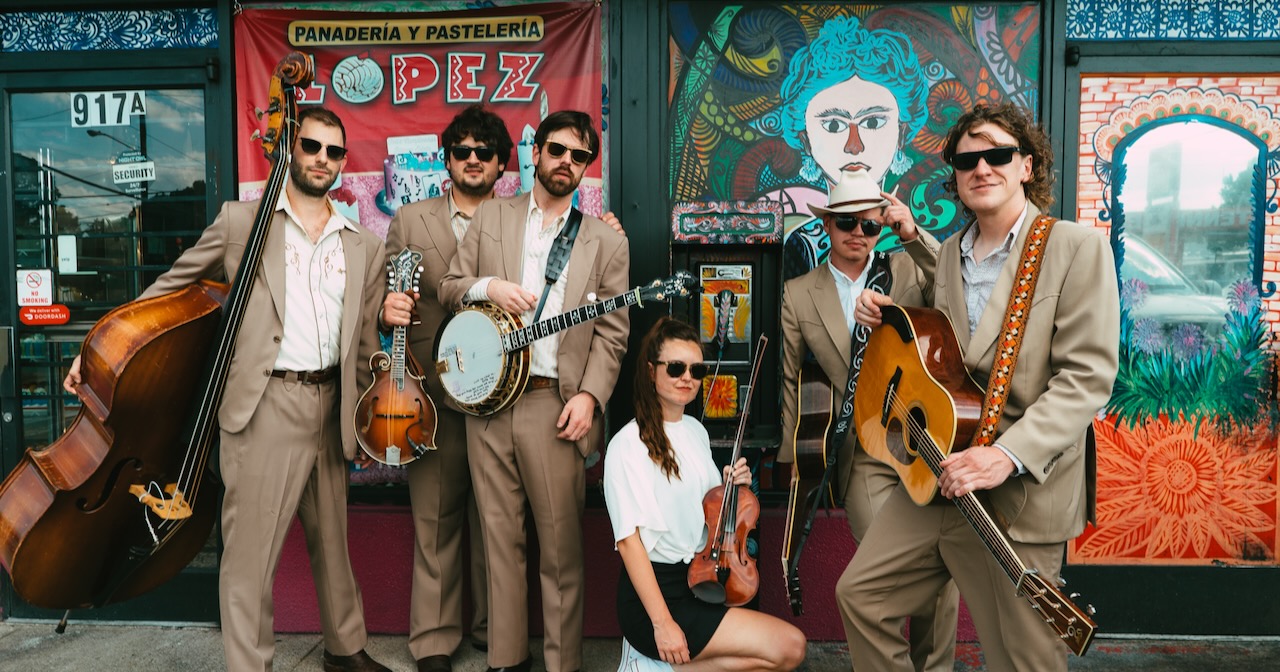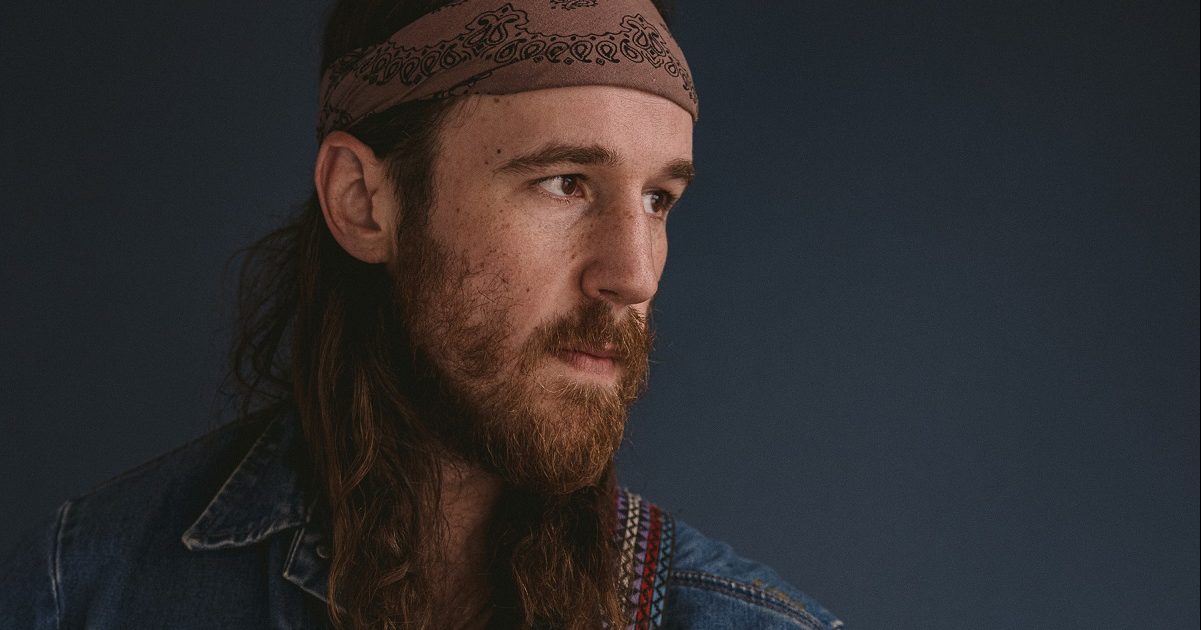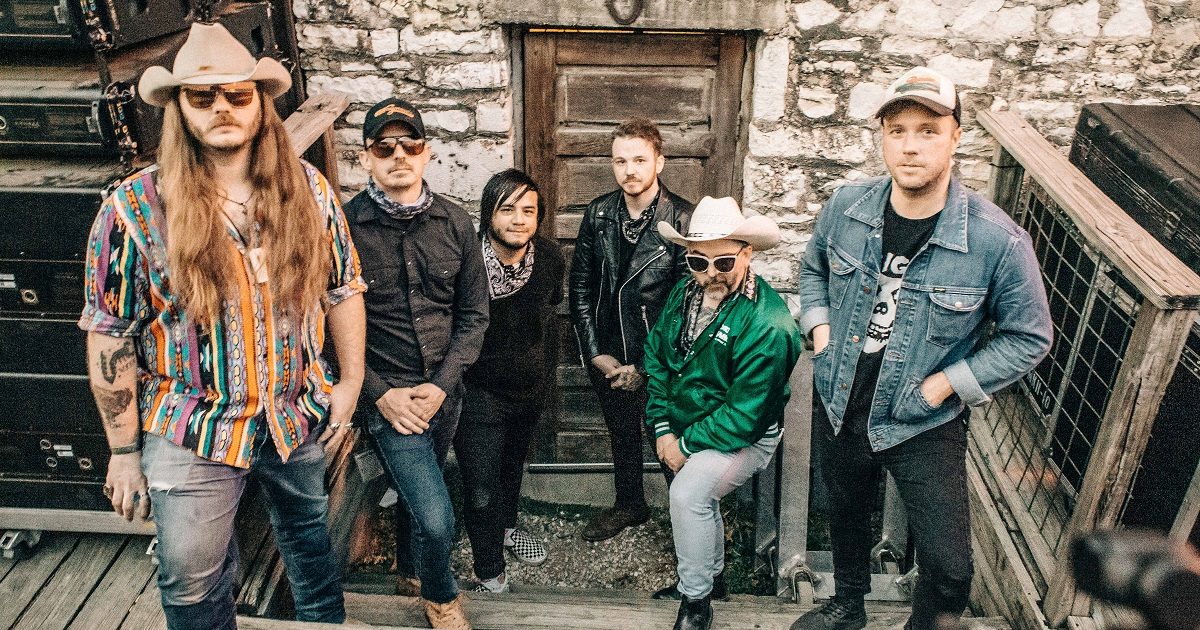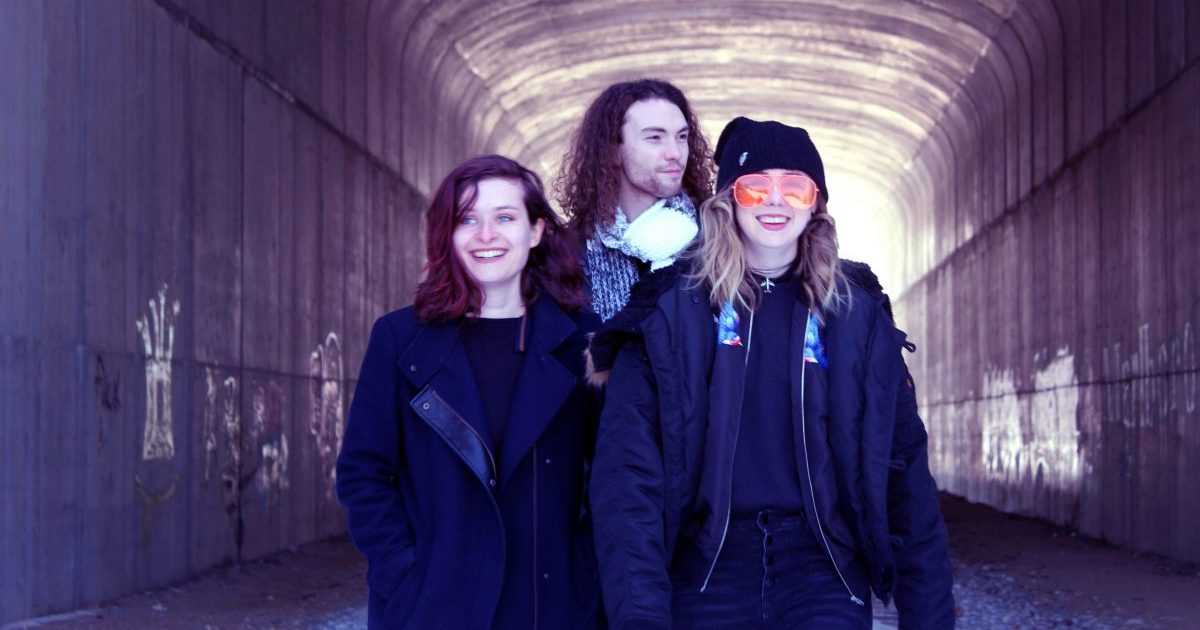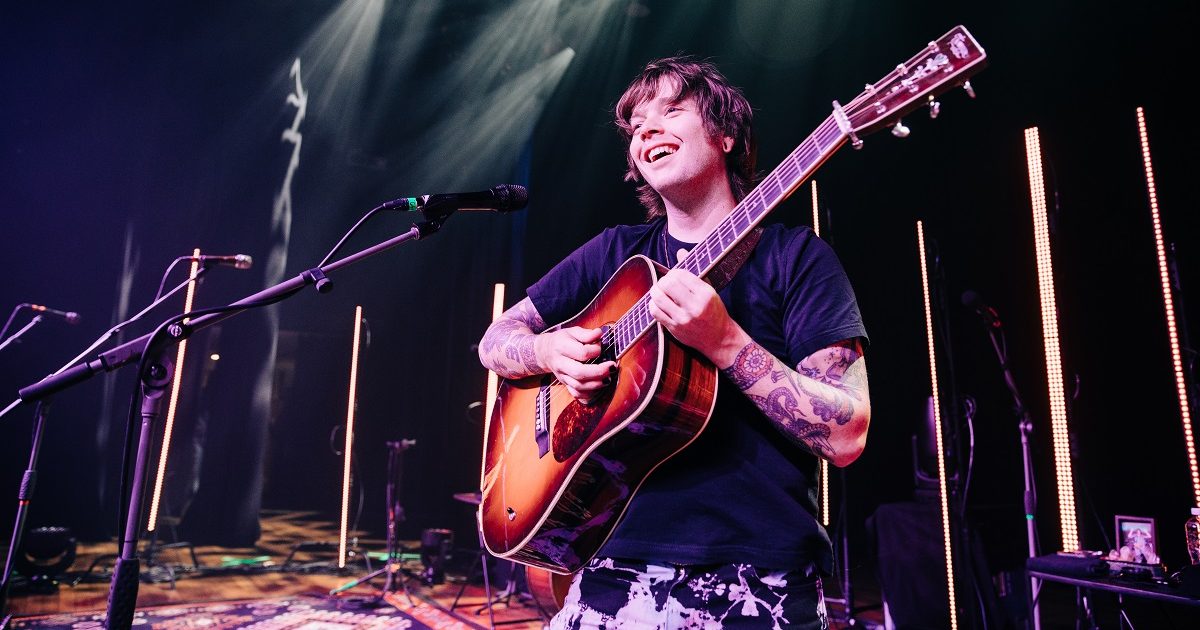On January 6, bluegrass luminaries gathered at the Mother Church itself – the Ryman Auditorium in Nashville – to celebrate what would’ve been the 100th birthday of a man whose name is synonymous with the genre. On that day just over a week ago, banjo legend Earl Scruggs would have celebrated his centennial, and bluegrass celebs like Sam Bush, Béla Fleck, Sierra Hull, Bronwyn Keith-Hynes and many more gave a tribute concert streamed live on Veeps. While the live show might have come to an end, many are sharing pics and memories of Scruggs, keeping his special celebration going.
We’ll be highlighting the pioneer’s 100th all year long, so we’re also collecting some of the best social posts – in no particular order – that you might have missed.
Ryman Auditorium
Oh, what a 1️⃣0️⃣0️⃣th birthday celebration it was for Earl Scruggs with some of the biggest names in bluegrass! 🤠
📸: @EAhlgrim pic.twitter.com/x859M6c9gl
— Ryman Auditorium (@theryman) January 9, 2024
With such a star-studded tribute concert, of course we should kick our list off with the Mother Church’s post about their live concert celebrating Scruggs – which benefitted the Earl Scruggs Center in Earl’s hometown of Shelby, North Carolina. The Ryman itself is located in the heart of downtown Music City, a fitting venue for this show.
Béla Fleck
Béla Fleck is just one of many modern banjo pickers inspired by Scruggs’ iconic three-finger style. We recently featured a single from his upcoming album in our #BGSClassof2024 playlist. His Facebook post recalling memories of working with his banjo hero is a touching accompaniment.
“Rhapsody in Blue(grass),” from Fleck’s upcoming album Rhapsody in Blue, is a perfect commemoration of the 100th birthday of Scruggs. Fleck is joined by his My Bluegrass Heart band, picking alongside Michael Cleveland, Sierra Hull, Justin Moses, Mark Schatz and Bryan Sutton.
Sam Bush
It’s hard to imagine historic movements and bands like New Grass Revival existing without the ability to build on the foundation that Earl Scruggs and others laid for the generations that followed. It’s no surprise, then, that Sam Bush paid tribute to Earl in a Facebook post following the Ryman show.
Gena Britt
IBMA Award winner and Grammy-nominated Sister Sadie banjo player Gena Britt has posted several photos and reels on her Facebook page from the Scruggs bash, where she was just one of many banjo players in attendance.
Tony Trischka
Tony Trischka’s upcoming album, Earl Jam, is a tribute to his musical mentor and inspiration, Scruggs, and will be released later this spring by Down the Road Records. Trischka just released the official music video for “Brown’s Ferry Blues,” featuring Billy Strings, right after Scruggs’ birthday.
Earl Jam will be a special collection of Trischka playing Scruggs transcriptions note-for-note that he gleaned from jam session recordings taken by John Hartford at Earl’s house in the ’80s and ’90s.
Earl Scruggs Music Festival
To mark their namesake’s birthday, the Earl Scruggs Music Festival posted one of the most iconic photos of the banjo player in music history. If you haven’t made it to this North Carolina event yet, check out our coverage from last year’s festival. We’re very much looking forward to Earl Scruggs Music Festival 2024!
John McEuen
For his own tribute, John McEuen – a founding member of the Nitty Gritty Dirt Band – shared some incredible footage of the first time he met Earl Scruggs back in October of 1970.
“This meeting right here is what led to the Will The Circle Be Unbroken album,” he shared.
Jerry Douglas
Jerry Douglas, iconic Dobro player and member of the Earls of Leicester, posted a wonderful collection of photos from the Ryman show!
Kyle Tuttle
Kyle Tuttle, member of Molly Tuttle’s Golden Highway band, posted a clip of his own three-finger work inspired by Scruggs.
“Who knows where the banjo would be had this man not come along and shown us how it works,” Tuttle mused.
International Bluegrass Music Association
The IBMA marked Scruggs’ centennial by posting an abbreviated history of his life and career.
“From his home state of North Carolina, Earl took the sound of the banjo and revolutionized it across the world,” the post reads. “Not only did he pioneer the three-finger banjo, but he played it to standards of taste and technique unmatched by thousands of disciples over seven decades.”
Alison Brown
View this post on Instagram
Alison Brown, co-founder of Compass Records and multi Grammy award-winning banjo player, posted a touching tribute to Scruggs on Instagram.
Mark O’Connor
In a lengthy tribute post with multiple photos fiddler and composer Mark O’Connor remembered Scruggs on his Facebook page.
Andy Thorn
View this post on Instagram
Thorn, banjoist for Leftover Salmon, posted a clip of himself on Instagram playing what is perhaps the most iconic banjo tune of all time, making it a fitting end to our list of social media tributes. Check out Thorn’s take on “Foggy Mountain Breakdown!”
We’ll continue to celebrate Earl Scruggs’ 100th all year long, so keep checking back for more on BGS!
Lead photo by Eric Ahlgrim courtesy of the Ryman Auditorium. Pictured: Stuart Duncan, Jim Mills, Alan Bartram, Sam Bush, and Del McCoury perform for Earl Scruggs’ 100th Birthday Celebration at the Ryman on January 6, 2024.
